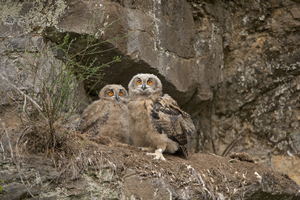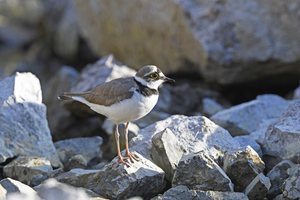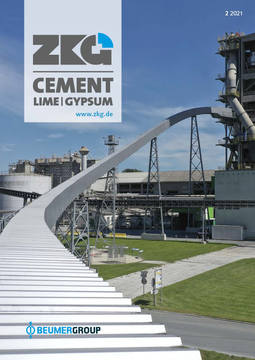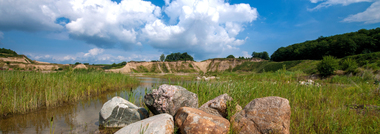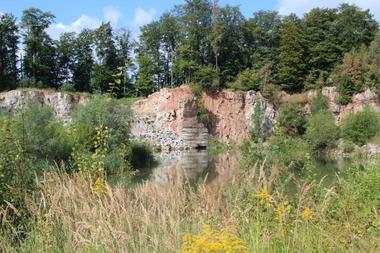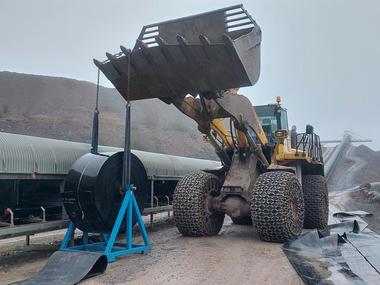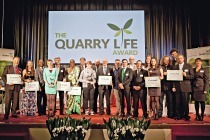Biodiversity in quarries is high
The species diversity in a quarry is often significantly higher after the end of excavation work than before it began. This is the result of decades of experience and the previous data of the biodiversity database of the Industrieverband Steine und Erden Baden-Württemberg e.V. (ISTE – Industrial Association Stones and Earths). The Baden-Württemberg database project will also be available nationwide in the near future. Then the data of the Warsteiner family-owned company Westkalk can also be entered there.
So far, the database contains mapping and values from observations of excavation operations in southwestern Germany. The association is working closely with the Naturschutzbund Deutschland e.V. (NABU – Nature and Biodiversity Conservation Union) to promote biodiversity. The nationwide database will collect data from before, during and after the completion of excavation. The source of the data is regularly the expert reports that an excavation operation requires in order to obtain a permit for the operation in the first place.
Manuel Sedlak has been an environmental law and nature conservation officer at ISTE for 12 years. He explains: “New animal species already migrate to the extraction sites during the extraction work, for example the yellow-bellied toad, the green toad, the little ringed plover, and also plant species. These are species that conquer the mining sites as so-called pioneer habitats and then stay there.” For conservationists, abandoned quarries are “a paradise”.
Westkalk can confirm the database figures from its own observations. “Of course, we know the eagle owl, which needs the rugged rock faces at our plant for nesting. We can detect rare orchid species and Robert’s quarry, a former quarry that has been renaturalized, is really a showcase biotope with its goats and the plant species growing there,” says Marius Risse, authorized signatory at Westkalk.
The database information is not an end in itself, but helps prove that excavation companies are proceeding properly: Even when applying for approval, an excavation company must ensure that at least the previous biodiversity level is restored after the end of the work. Otherwise, it will not receive approval. Manuel Sedlak: “This is EU law and therefore applies equally throughout the EU. But you can clearly see that Germany is paying very special attention to the enforcement of the standards.”

